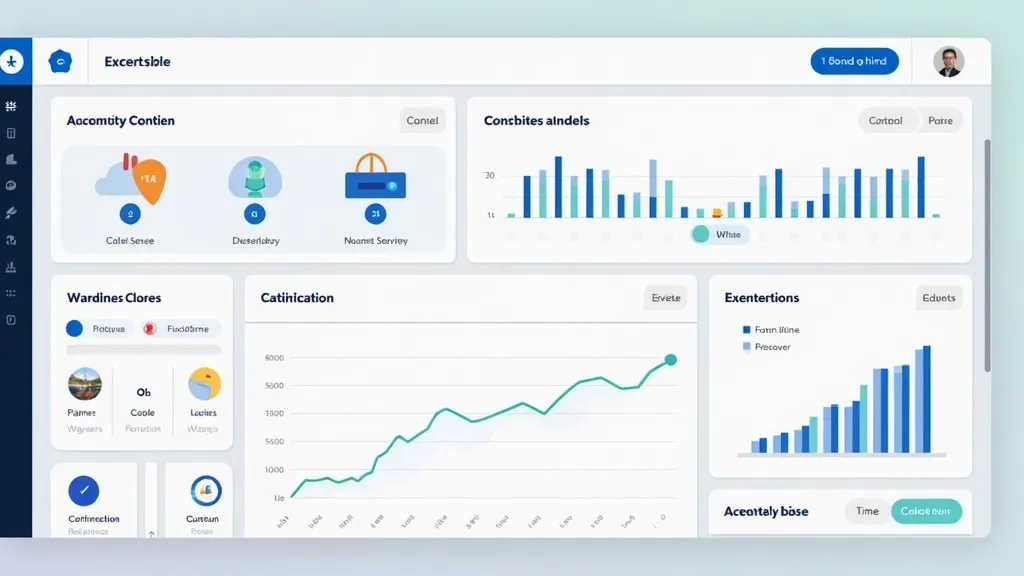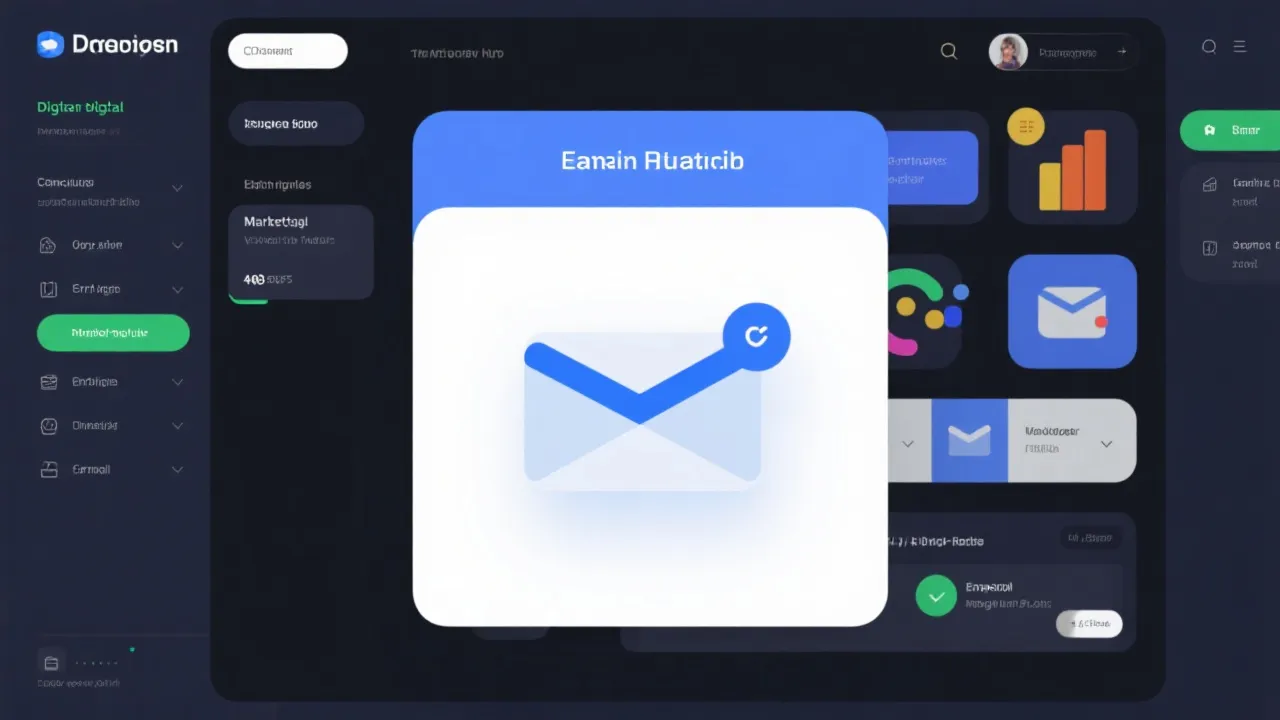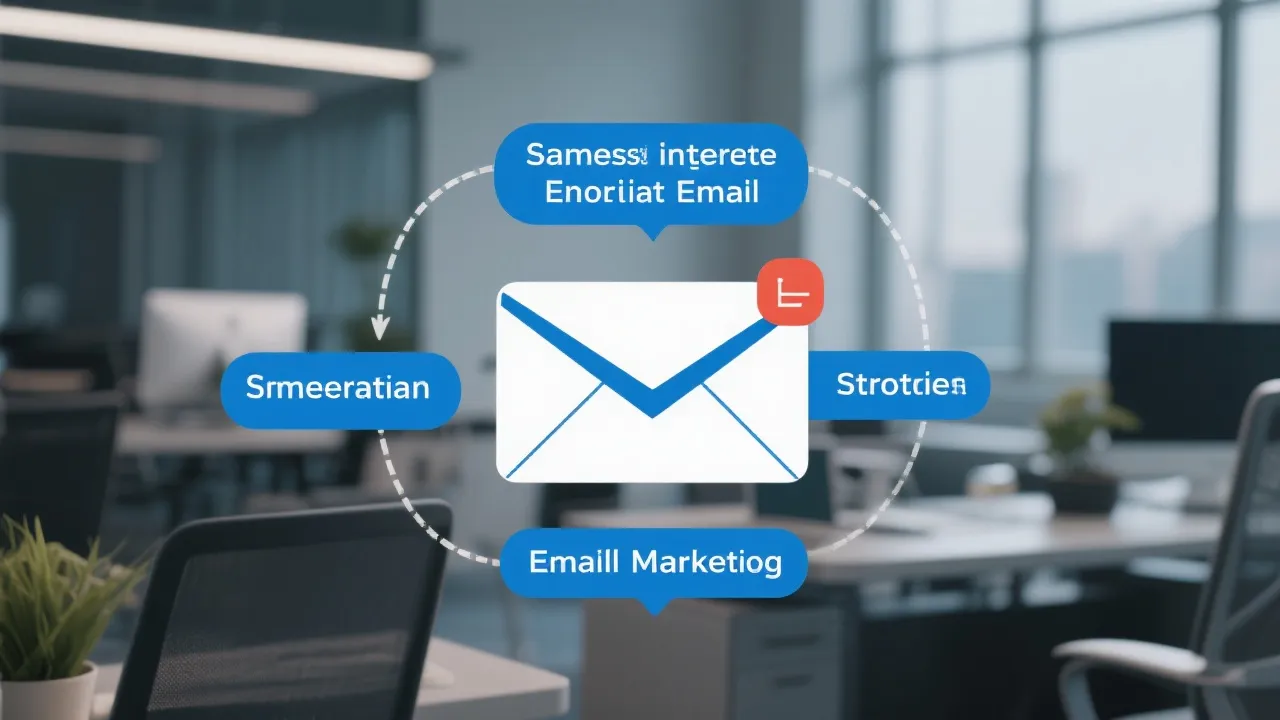Elevating E-commerce with Shopify Automation
This guide delves into Shopify Marketing Automation, exploring its potential to transform how online businesses engage with consumers. As the digital landscape expands, Shopify’s robust automation tools empower merchants to streamline marketing strategies, optimize operations, and boost customer satisfaction, setting new industry standards in e-commerce.

Understanding Shopify Marketing Automation
In the rapidly evolving world of e-commerce, staying ahead requires not only a dynamic business model but also efficient operational strategies. Shopify, a leading e-commerce platform, offers powerful tools under its Shopify Marketing Automation suite, designed to enable businesses to automate repetitive tasks, target marketing efforts more precisely, and ultimately, enhance the consumer experience. As the e-commerce landscape becomes increasingly competitive, embracing automation becomes essential for optimizing workflows and maximizing return on investment.
The Role of Automation in Modern E-commerce
Automation in e-commerce is not merely a trend; it is a necessity. As consumer expectations continue to rise, businesses must find ways to maintain personal engagement without increasing workload. Shopify Marketing Automation allows businesses to achieve this by automating everything from abandoned cart reminders to personalized email marketing campaigns. The integration of automation helps maintain a seamless flow of communication between the business and its consumers. This results in timely follow-ups, which are critical for conversion rates in today's fast-paced marketplace.
The importance of automation grows as businesses scale. Small startups might manage their marketing through manual processes; however, as they grow, that approach becomes unsustainable. Automation tools provided by Shopify address this scalability issue, enabling businesses to handle larger volumes of marketing communications and to implement data-driven strategies that were previously unattainable.
Key Features of Shopify Marketing Automation
| Feature | Description |
|---|---|
| Abandoned Cart Recovery | Automatically send emails to customers who leave items in their cart, encouraging them to complete the purchase. |
| Email Segmentation | Create targeted email campaigns based on customer behavior and demographics to increase engagement rates. |
| Personalized Customer Journeys | Automate the creation of tailored customer experiences based on their interaction with your store. |
| Inventory Alerts | Receive notifications about low stock to ensure products are always available. |
| Customer Re-engagement | Automate campaigns that target customers who haven't made a recent purchase, offering them personalized incentives. |
| Social Media Scheduling | Plan and automate social media posts to maintain an active online presence without additional manual effort. |
| Analytics and Reporting | Access powerful insights and data analytics to monitor the effectiveness of your marketing campaigns and make informed adjustments. |
Benefits of Implementing Shopify Marketing Automation
The use of Shopify's automated marketing solutions offers numerous benefits, such as increased efficiency, improved customer targeting, and enhanced data-driven decision-making. By leveraging these tools, businesses can streamline operations, reduce human error, and focus on strategic growth objectives. One of the standout advantages is the reduction of repetitive tasks. For example, marketers can shift their focus from manual email sending to more strategic activities like creative content generation and campaign analysis.
Furthermore, automation leads to significant time savings, which can be allocated towards more critical tasks such as developing new products, improving customer service, or expanding market reach. Additionally, automated systems can work around the clock, ensuring that your marketing efforts are consistent, whether it’s sending out personalized messages on holidays or conducting follow-up communications late at night when traditional employees may not be available.
Implementing automation also provides rich data that can be used to enhance future marketing efforts. The insights gleaned from customer interactions and behaviors allow businesses to refine their strategies, tailor their offerings, and improve overall customer satisfaction. This data-driven approach helps to nurture long-term relationships with customers, fostering loyalty and repeat business.
Implementing Shopify Marketing Automation: A Step-by-Step Guide
- Analyze Your Needs: Assess which aspects of your marketing can benefit from automation. Consider analyzing bottlenecks in your current procedures, such as time spent on email newsletters or managing inventory. Identifying these pain points will allow you to focus on automation features that yield the highest impact.
- Select Appropriate Tools: Choose the specific Shopify automation features that align with your business goals. Not every business will require all available tools; selecting those that best suit your business model is vital. For instance, a retail store focusing heavily on online sales may prioritize abandoned cart recovery and personalized marketing, whereas a B2B service provider might want to invest in lead nurturing tools.
- Set Up Workflows: Establish automation rules and workflows directly within Shopify. This could involve setting triggers for cart abandonment emails or creating workflows for client onboarding. It's essential to map out these processes beforehand to ensure logical flows that align with the customer journey.
- Test and Optimize: Regularly review automation processes to ensure optimal performance and make necessary adjustments. This step may include A/B testing different email formats or analyzing customer responses to different promotional strategies. Fine-tuning these workflows can significantly enhance engagement rates.
- Monitor Performance: Use data analytics to measure the impact of automation on sales and customer engagement. Implement KPIs (Key Performance Indicators) to track and evaluate each automated effort systematically. Regular performance reviews will help you identify trends and areas for improvement.
Case Study: Successful Implementation of Shopify Automation
One notable example of successful implementation is an online apparel store that integrated Shopify Marketing Automation. By utilizing automated workflows for email marketing and inventory management, they reported a 20% increase in sales and a 30% reduction in cart abandonment rates within the first six months. Their successful strategy included segmented email campaigns targeted towards previous customers featuring new arrivals based on past purchases. Furthermore, by implementing automated reminders for restocking popular items, they maintained high inventory turnover without overspending on stock.
Another interesting case can be observed in the realm of a niche skincare brand that began leveraging Shopify's automation tools for customer engagement. Initially operating with a primarily manual marketing strategy, they switched to an automated email follow-up sequence post-purchase. This system not only improved customer retention by 25% but also encouraged increased repeat purchases through timed discounts sent via personalized emails. The brand learned that automation allowed them to seamlessly engage customers at critical points in their journey, converting one-time buyers into loyal advocates.
FAQs
- What is Shopify Marketing Automation? Shopify Marketing Automation refers to the suite of tools designed to automate marketing tasks on Shopify's platform, thereby enhancing efficiency and engagement. These tools help to standardize marketing workflows while fostering a personalized customer experience.
- How can automation benefit my business? Automation offers benefits like time savings, personalized marketing efforts, and improved operational efficiency, leading to higher customer satisfaction and sales. Additionally, it helps in reducing manual errors, allowing for a more consistent customer interaction which is crucial in today's customer-centric marketplace.
- Is setting up automation in Shopify complex? Setting up automation in Shopify is relatively straightforward, with many user-friendly tools and resources available to assist merchants. Shopify also provides extensive documentation and customer support options to help guide businesses through setup, reducing barriers to entry.
- Can I customize marketing automation campaigns? Yes, Shopify allows for a high degree of customization in marketing automation campaigns. Merchants can tailor every aspect of their campaigns, from customer targeting and messaging to the timing and frequency of communications. This flexibility enables businesses to align their marketing strategies closely with customer preferences.
- Are there any limitations to Shopify Marketing Automation? While Shopify Marketing Automation offers a variety of tools, businesses may encounter some limitations based on their plan. Certain advanced features may only be available in higher-tier subscriptions, so it's essential to align your desired capabilities with your current plan.
As e-commerce continues to grow, businesses leveraging tools like Shopify Marketing Automation will find themselves better equipped to meet the dynamic demands of online shopping, ensuring both immediate gains and good customer loyalty. With the right implementation and ongoing optimization, these automated tools can transform how businesses engage their audience, driving not just sales but creating a loyal customer base that contributes to long-term success.
Further Considerations for Effective Marketing Automation
In addition to understanding the core features and benefits of Shopify Marketing Automation, it's important to take into account further considerations that can enhance your marketing efforts. Contextualization plays a crucial role in how successful your automated campaigns will be. This means understanding your audience demographics, psychographics, and interactions across various touchpoints.
Brand voice and consistency should remain priorities even when leveraging automated systems. A disconnect between automated messaging and your overall brand identity can create confusion and even alienate customers. Ensuring your automated messages reflect your unique voice helps maintain a coherent customer experience.
Moreover, advanced opportunities arise when integrating automation with other marketing strategies. For instance, combining retargeting ads with automated email follow-ups can solidify the customer’s decision-making process, gently nudging them towards conversion. Multi-channel marketing strategies, amplified through automation, can significantly enhance brand visibility and customer interaction at critical points in the shopping journey.
Staying Ahead of the Automation Curve
The realm of marketing automation is continuously evolving. Keeping abreast of trends and innovations will help your business remain competitive. Consider participating in webinars, workshops, or industry conferences that focus on e-commerce innovation. Utilizing tools and strategies that early adopters find successful can provide time-tested advice on optimizing automation further.
Investing time in continuous learning about consumer behavior shifts and emerging technologies will position your business favorably. Developments in AI-driven marketing tools, for instance, can lead to even greater levels of personalization and efficiency in automation. Understanding how these technologies work and how they can integrate with Shopify or enhance your existing systems will be key to maximizing your marketing efforts.
Conclusion
Embracing Shopify Marketing Automation enables contemporary e-commerce businesses to thrive in an ever-competitive marketplace. By exploring the robust features available, understanding implementation strategies, and remaining updated on industry trends, businesses can enhance their customer engagement and overall operational efficiency.
Ultimately, the goal is not just to automate processes but to foster meaningful relationships with customers. As you embark on your automation journey, remember that the strongest campaigns resonate best with their audiences. Strive to balance automation with the vital human elements of marketing, ensuring that while your systems operate efficiently, your customers feel valued and understood.
In this fast-paced digital landscape, automation serves as a key enabler, empowering brands to maintain relevance and respond quickly to shifts in consumer behavior while fostering loyalty that lasts.










